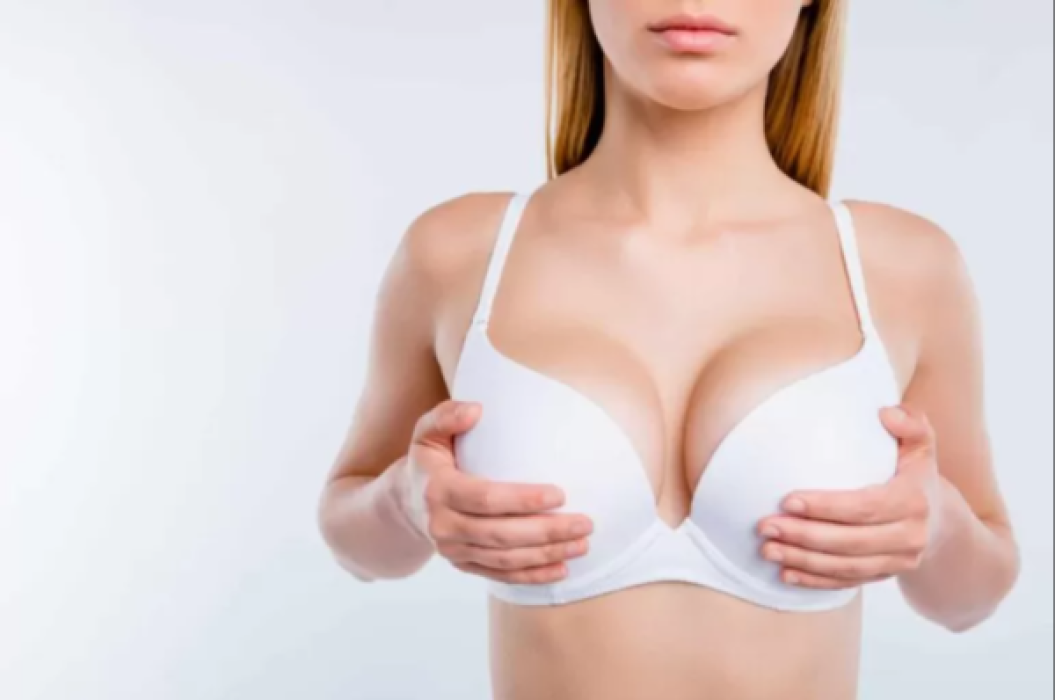What is mammoplasty?
Mammoplasty is a set of surgical procedures designed to change the shape, size and/or position of the breasts. These procedures can include breast augmentation, breast reduction or mastopexy.
Breast augmentation can be performed for aesthetic, reconstructive or health reasons (particularly related to the spine), depending on the patient’s individual needs and clinical objectives.
What types of mammoplasty are there?
There are 3 main types of mammoplasty:
- Augmentation Mammoplasty (or breast augmentation);
- Reduction mammoplasty (or breast reduction);
- Mastopexy.
The different types of mammoplasty can follow different techniques, using prostheses (breast implants) or dispensing with prostheses, using only the patient’s own body fat, known as fat grafting mammoplasty.
Breast augmentation
Breast augmentation is a surgery in great demand. It is usually performed to improve the size and/or shape of women’s breasts.
Breast augmentation is usually performed using high-quality breast implants. In rare cases, a hybrid technique can be used, which includes not only implants but also fat grafts.
Silicone implants (in various sizes and shapes) are safe and long-lasting, providing natural and harmonious results.
There are several types of prosthesis and they can be placed in front of or behind the pectoral muscle. There are also three types of incision – in the armpit, around the nipple or in the inframammary fold. Only after a thorough consultation and explanation of all these points can a joint decision be made between patient and surgeon.
Reduction mammoplasty (or breast reduction)
Reduction mammoplasty, also known as breast reduction, is an option for women who want to reduce the volume and weight of their breasts.
Breast reduction can relieve physical discomfort, improve posture and restore aesthetic proportion. With advanced and precise techniques, we guarantee minimal scars and a faster recovery.
Regarding the incisions made, there is the vertical technique, in which the breast is left with a scar around the areola and another vertical scar from the areola to the inframammary fold.
For larger reductions, this technique is insufficient and it is necessary to add an incision at the level of the inframammary fold, known as the “T” technique.
Mastopexy
Mastopexy or breast lift is the surgery that corrects breast ptosis (sagging breasts) and consists of removing excess skin. This technique can be combined with the placement of a prosthesis (mastopexy with prosthesis).
The procedure can be carried out using 3 different techniques: 1) periareolar technique; 2) vertical technique; 3) “T” technique.
Each of these techniques leaves scars in different places, to a greater or lesser extent. The main factor depending on the technique used is the degree of breast ptosis. Mild ptosis (breasts sag slightly) can be corrected with less invasive techniques (for example, the periareolar technique, which consists of an incision around the areola), while more severe ptosis may require more extensive approaches (the “T” technique, which consists of an incision around the areola, one vertical to the breast crease and another horizontal along the crease).
The choice of technique can also depend on the size and shape of the breasts, the elasticity of the skin and the patient’s aesthetic goals.
What are the expected results?
According to Living Clinic’s experience, those seeking breast augmentation want larger breasts, without losing harmony and balance, with a natural result.
On the other hand, patients who come to us looking for a reduction mammoplasty want to achieve a breast reduction that helps them feel better about themselves, but also solves collateral problems, such as back pain, for example.
The results of mastopexy are generally very satisfactory and long-lasting. Women who undergo the surgery have their breasts lifted, firmer and more symmetrical. In the case of mastopexy with prostheses, the breasts are usually rounder and have a more pronounced cleavage, but they always look natural.
Who is the plastic surgeon responsible for breast augmentation?
At Clínica Living, breast augmentation is the responsibility of Dr. Francisco Martins de Carvalho, a specialist in Plastic, Reconstructive and Aesthetic Surgery.
In the field of aesthetic surgery, Dr. Francisco has a special interest in facial aesthetic surgery, breast aesthetic surgery, body contouring surgery and female intimate surgery.
Find out more about Dr. Francisco on his page.
Schedule an appointment to hear the plastic surgeon’s recommendation for your particular case and clarify all your doubts.
We’re on Av. da Boavista, in Porto!





